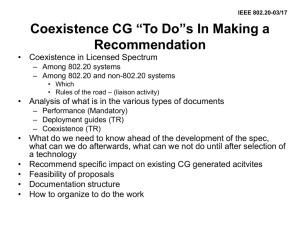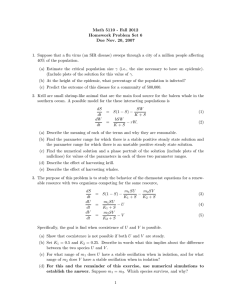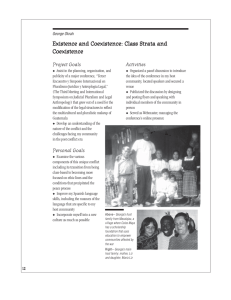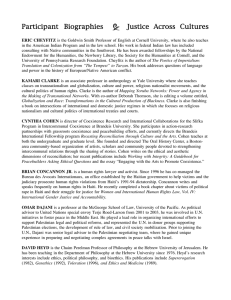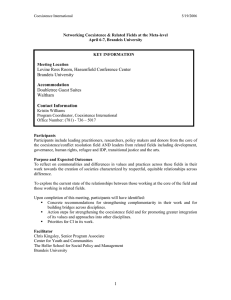TEXAS A&M UNIVERSITY DEPARTMENT OF MATHEMATICS MATH 308-200
advertisement
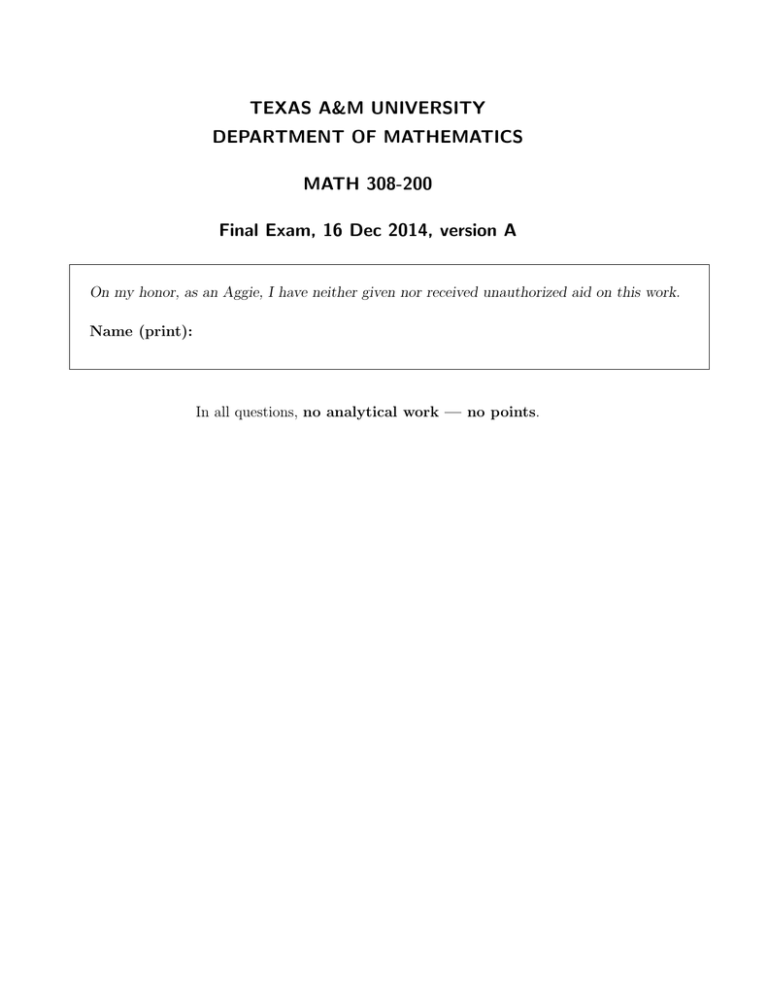
TEXAS A&M UNIVERSITY DEPARTMENT OF MATHEMATICS MATH 308-200 Final Exam, 16 Dec 2014, version A On my honor, as an Aggie, I have neither given nor received unauthorized aid on this work. Name (print): In all questions, no analytical work — no points. 1. (5 points) Solve the initial value problem 3 y 0 + y = 4 ln(x), x 3 y(1) = . 4 2. (5 points) Solve the initial value problem dy cos(x − y) + 2x = , dx cos(x − y) − 3y 2 y(π) = 0. (Hint: This equation is either linear, separable or exact.) 3. (10 points) One method of solving a nonhomogeneous system is by reducing it to the second order equation. Find the general solution for the system x0 = x + y + 4et , y 0 = 4x − 2y + 50 cos(t). by following the simple steps below: 1. Express y from the first equation and substitute it into the second. 2. Solve the resulting second order equation for x. 3. Find the answer for y by using the first equation. 4. (10 points) Consider the system x0 = x(1 − 1 x − y), C y 0 = y(−2 + x), describing the population of prey x and predator y in a biological system. The constant C > 0 is the “environmental capacity” of the system for the prey in the absence of predator. We will study the dynamics as it depends on the parameter C. 1. Find the location of all critical points of the system. 2. Find the value C0 such that for C > C0 , there is a critical point with both x and y positive. This is the “coexistence” point. Give a biological interpretation why there is no coexistence when C < C0 . 3. There is another value C1 > C0 at which the type of the coexistence point changes, find this value. 4. Classify all critical point in all three cases: (a) C < C0 , (b) C0 < C < C1 , (c) C1 < C. (You only need to find the type (sign, real/complex) of eigenvalues at the CPs). 5. Make rough sketches of the global phase portraits in all three cases. Points: /25
